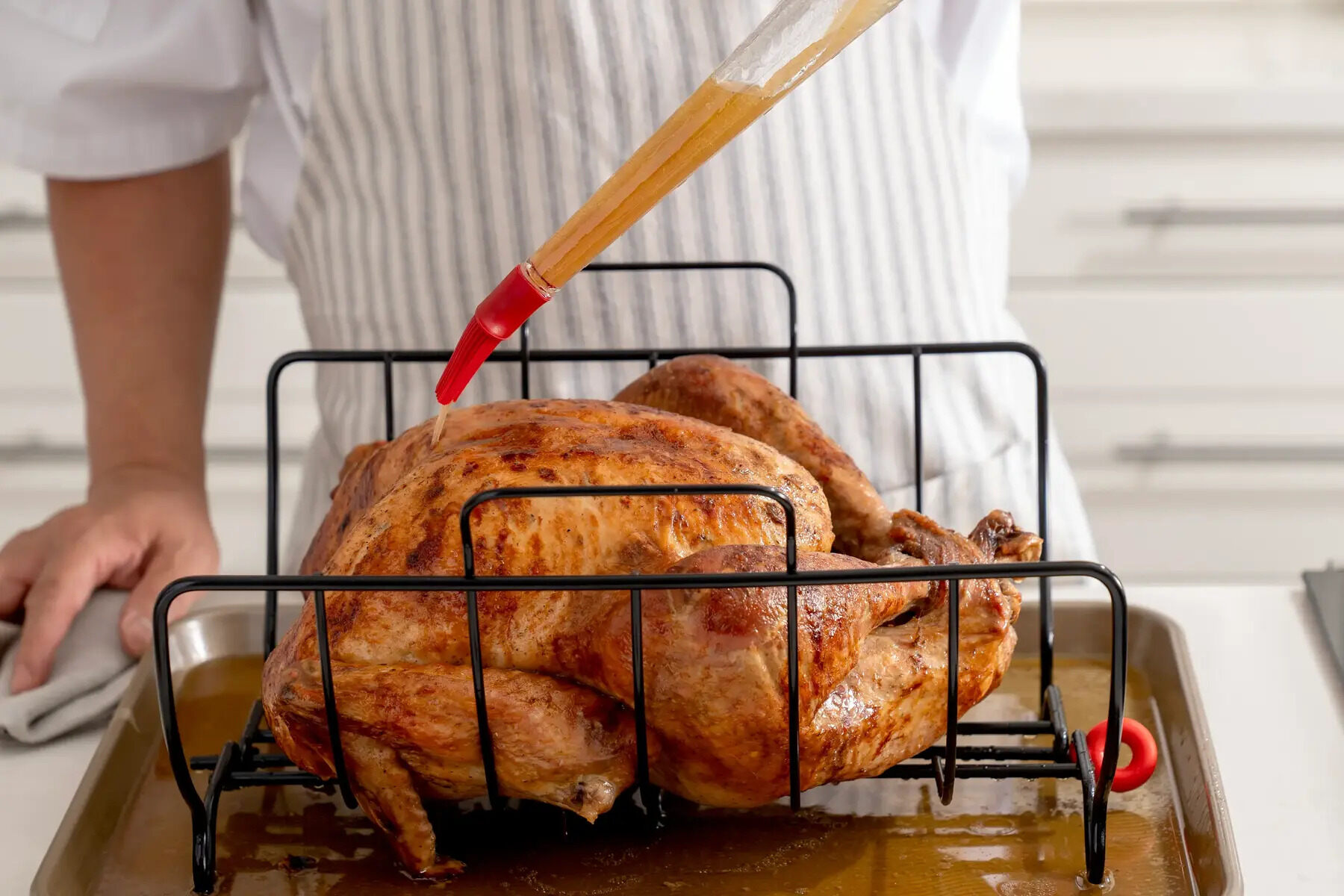
Cooking is like a magical dance in the kitchen, where flavors twirl and sizzle. Ever wondered what makes a dish taste just right? Cooking techniques hold the secret! From sautéing to steaming, each method brings out unique textures and flavors. Imagine the crispy crust of a perfectly seared steak or the tender bite of steamed veggies. These techniques are the unsung heroes behind every delicious meal. Whether you're a beginner or a seasoned chef, understanding these methods can transform your culinary creations. Ready to spice up your kitchen game? Let's dive into the world of cooking techniques and uncover their secrets!
Key Takeaways:
- Sautéing is a quick and efficient cooking method that boosts flavors and retains nutrients, making it perfect for busy weeknights and delicious, healthy meals.
- Baking is a precise science that involves chemical reactions, precise measurements, and leavening agents to create golden-brown, fluffy, and flavorful baked goods.
Mastering the Art of Sautéing
Sautéing is a quick cooking method that uses a small amount of oil or fat in a shallow pan over relatively high heat. It's perfect for cooking vegetables, meats, and seafood, enhancing their flavors while maintaining a delightful texture.
-
Quick and Efficient: Sautéing is one of the fastest cooking methods. It allows you to prepare a meal in minutes, making it ideal for busy weeknights.
-
Flavor Boost: The high heat used in sautéing caramelizes the natural sugars in food, creating a rich, complex flavor profile.
-
Retains Nutrients: Because sautéing is a quick process, it helps retain more nutrients in vegetables compared to longer cooking methods like boiling.
The Science of Baking
Baking is a method of cooking food using dry heat, typically in an oven. It's a precise science that requires careful measurement and timing to achieve the perfect result.
-
Chemical Reactions: Baking involves chemical reactions, such as the Maillard reaction, which gives baked goods their golden-brown color and distinct flavor.
-
Precision Matters: Unlike other cooking methods, baking requires precise measurements. A slight variation in ingredients can significantly affect the outcome.
-
Leavening Agents: Ingredients like baking powder and yeast are crucial in baking. They help dough rise, creating light and fluffy textures.
Grilling: The Outdoor Favorite
Grilling is a popular cooking technique that involves cooking food over direct heat, usually on a grill. It imparts a smoky flavor and is perfect for meats and vegetables.
-
Charred Perfection: Grilling creates a charred crust on meats, enhancing flavor and texture while sealing in juices.
-
Smoky Flavor: The smoke from the grill infuses food with a unique, smoky flavor that can't be replicated by other cooking methods.
-
Healthy Option: Grilling allows excess fat to drip away from food, making it a healthier cooking option compared to frying.
The Versatility of Roasting
Roasting uses dry heat to cook food evenly on all sides. It's perfect for large cuts of meat and vegetables, bringing out their natural sweetness.
-
Even Cooking: Roasting cooks food evenly, ensuring that every bite is perfectly done.
-
Caramelization: The dry heat of roasting caramelizes the surface of food, creating a delicious, crispy exterior.
-
Minimal Effort: Once food is in the oven, roasting requires minimal attention, allowing you to focus on other tasks.
Steaming: Gentle and Healthy
Steaming is a gentle cooking method that uses steam to cook food. It's ideal for preserving nutrients and flavors in vegetables and seafood.
-
Nutrient Retention: Steaming preserves more nutrients compared to boiling, as food doesn't come into direct contact with water.
-
Natural Flavors: This method enhances the natural flavors of food without the need for added fats or oils.
-
Perfect for Delicate Foods: Steaming is gentle enough for delicate foods like fish and dumplings, ensuring they don't fall apart.
The Art of Braising
Braising combines both dry and moist heat to cook food slowly. It's perfect for tough cuts of meat, transforming them into tender, flavorful dishes.
-
Tenderizes Tough Cuts: The slow cooking process breaks down tough fibers in meat, making it tender and juicy.
-
Flavor Infusion: Braising allows flavors to meld together, creating a rich, savory dish.
-
One-Pot Wonder: This method often requires just one pot, making cleanup a breeze.
Stir-Frying: Quick and Flavorful
Stir-frying is a fast cooking method that uses high heat and a small amount of oil. It's a staple in Asian cuisine, known for its vibrant flavors and textures.
- High Heat, Quick Cook: Stir-frying uses high heat to cook food quickly, preserving its color, texture, and nutrients.
Cooking Techniques: A Flavorful Finish
Cooking techniques are like magic tricks in the kitchen. They transform simple ingredients into mouthwatering dishes. Whether you're searing, sautéing, or steaming, each method brings out unique flavors and textures. Searing locks in juices, giving meats a crispy exterior. Sautéing quickly cooks veggies, keeping them crisp and colorful. Steaming preserves nutrients, making it a healthy choice. Braising combines slow cooking with a bit of liquid, perfect for tenderizing tough cuts. Grilling adds a smoky flavor, ideal for summer barbecues. Roasting caramelizes veggies, enhancing their natural sweetness. Poaching gently cooks delicate foods like eggs and fish. Frying creates a crunchy texture, loved by many. Mastering these techniques can elevate your cooking game. Experiment, have fun, and don't be afraid to try something new. Cooking is an art, and with practice, you'll create delicious masterpieces every time.
Frequently Asked Questions
Was this page helpful?
Our commitment to delivering trustworthy and engaging content is at the heart of what we do. Each fact on our site is contributed by real users like you, bringing a wealth of diverse insights and information. To ensure the highest standards of accuracy and reliability, our dedicated editors meticulously review each submission. This process guarantees that the facts we share are not only fascinating but also credible. Trust in our commitment to quality and authenticity as you explore and learn with us.
